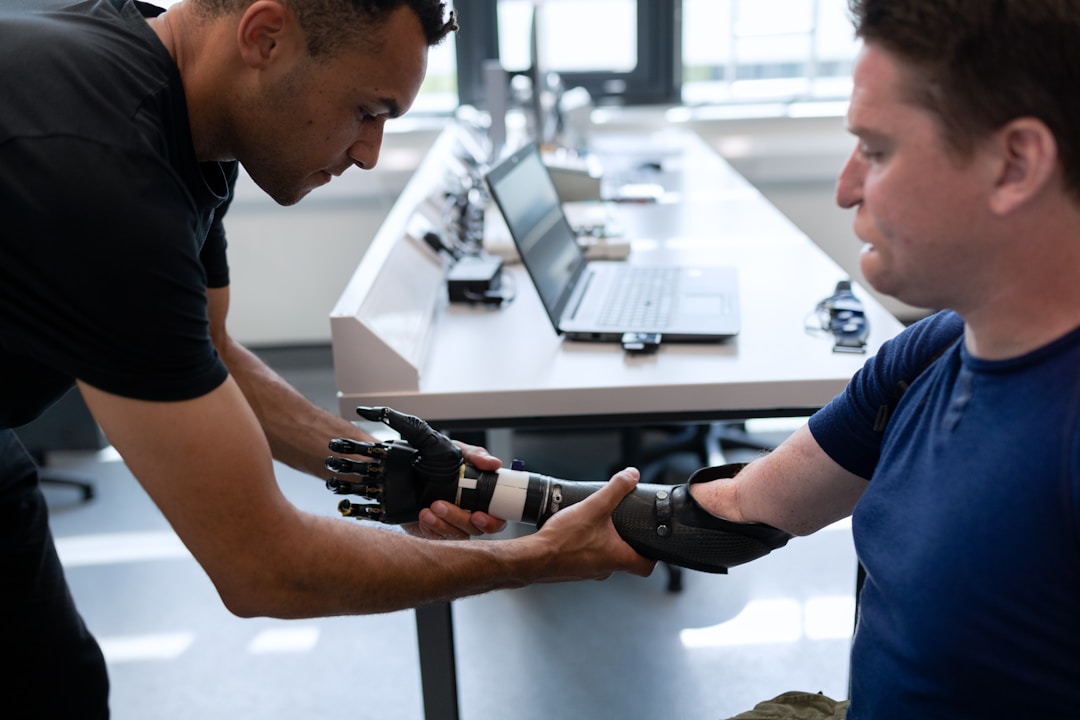Over the course of a lifetime, many people will end up having physical therapy. There are so many situations in which physical therapists can help a person regain their quality of life, whether it’s for something major like a spinal cord injury or a traumatic brain injury or something simple like wrist fractures or a case of sciatica. Physical therapy provides a gentle way to regain mobility, strength, and flexibility, and can even help people who have had a stroke walk again, in some cases.
That being said, physical therapy extends far beyond the office. There are some important things to avoid at home if you’re seeing a physical therapist. If you’re wondering how to make the most of your experience with physical medicine, read on for some tips.
1. Make sure you’ve got the right mattress and box spring.

Sleeping may not sound like an activity, but it is. After all, experts estimate that we spend about a third of our lives as sleepers, snuggled up on a mattress. Even if physical therapists weren’t in the mix, with that amount of time anyone would want their mattress to provide the utmost comfort and pressure relief, right?
When you are dealing with physical medicine after a major injury to the spine, though, your mattress and box spring become even more crucial. Whether you’ve had a spinal cord injury or a leg injury, you need a mattress that supports your body so that you don’t obtain further injury as you rest, no matter what your sleep style is. Do you know that stiff, achy feeling you sometimes get when you wake up? That shouldn’t happen, not with a really great California king or queen mattress anyway. Ask your care team what type of mattress is best to support your recovery—memory foam, a mattress with coils, or a gel mattress. Also, make sure to ask about pillows as well. A good night’s sleep is part of your recovery as well.
2. Ask your physical therapists about new technologies, but don’t use them at home.

Your care team should be up to date on all new technologies that can meet the specific needs of a patient, regardless of whether they’re managing a brain injury or fractures in the hips. Any rehabilitation center worth its salt should be staying up to date on new techniques, as well as revolutionary technologies like exoskeletons and wearable robots that help the patient make more progress in less time.
Baylor Rehabilitation Center in Dallas, TX is a great example of a rehab center that provides options for both inpatient and outpatient therapy centers, as well as support groups for those who have suffered a traumatic brain injury, a spinal cord injury, or any other major medical event. Baylor University Medical Center is also known for staying on top of any new technologies that may help their outpatient and inpatient rehabilitation patients gain back mobility and strength with more ease. While it’s wonderful to know that these technologies exist, it’s important to work with them only at the rehabilitation hospital. If you try to work with experimental technologies on your own, you may end up making your situation worse.
3. Avoid minor activities that strain the impacted area.
Just like you wouldn’t imagine a good night’s sleep to be an activity, you may not think of simple activities like opening a jar or walking from your bedroom to your office as problematic. The thing is, though, that when you’re recovering from an injury, anything can impact your recovery time. If you feel even a twinge of pain, let someone else support you as you take the next step towards your office door. It’s just not worth it. Any further injury can lead to a setback, and that’s the last thing that you want on your road to recovery.
If you’ve found yourself at a rehabilitation hospital, chances are that you already know how hard it can be to recover from a major injury. Nevertheless, by taking note of these tips, your recovery journey can be that much easier.

